|
|
|
|
Products mentioned in this Article
--None--
|
|
|
|
|
|
|
|
|
 |
|
|
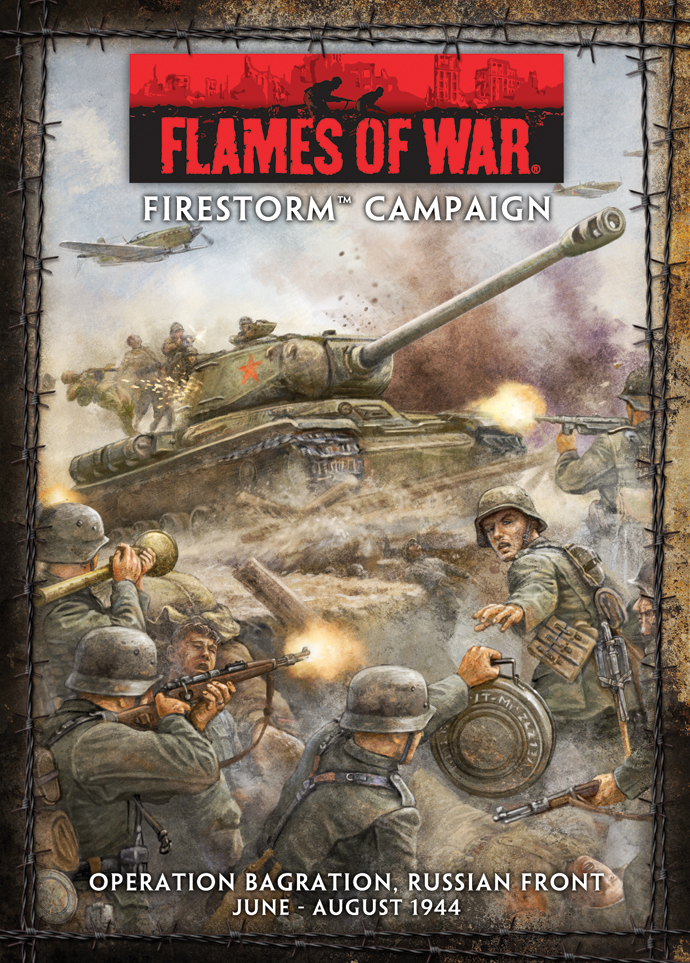 |
Staff Campaign:
Lessons Learned
by Chris Townley
Over an eight-week period, Kyran and I ran the Staff Firestorm Campaign that you have been reading about. In that time, we had many fun games and we played through an exciting campaign full of twists and turns. With the campaign now over, we thought this would be a good opportunity to share some of the insights we picked up in the hopes that it will make it a little easier for those of you about to run the campaign for your friends, club mates or customers.
Preparation
A little preparation will make the game run much better! Play the General’s Wargame (see below) a couple of times before actually running an event. There are some subtle effects in the game that you really want to get your head around before trying it out properly with all your friends.
|
|
For example, Exploitation Moves which allow certain unit types to capture areas that are not defended by a Firestorm token – for more on Firestorm Tokens, check out Mike's notes in the Week 4 Overview. Both Kyran and I failed to make good use of Exploitations during the first couple of turns, which is why you did not see much of them until the later turns.
|
|
The Generals Wargame
One very cool feature of Firestorm—Bagration is the General’s Wargame. This game allows you and an opponent to play through the campaign within a couple hours. There is a simple-to-use combat table that determine the result of the battle. The General’s Wargame is a fun game in and of itself.
You can also use the General’s Wargame with your campaign as a hybrid version where you choose the exciting battles you want to fight on the tabletop and leaving the others to the combat table to figure out. The hybrid version is a great option for a small-to-medium sized club or a store wanting to run a campaign where playing a large number of games is an issue. |
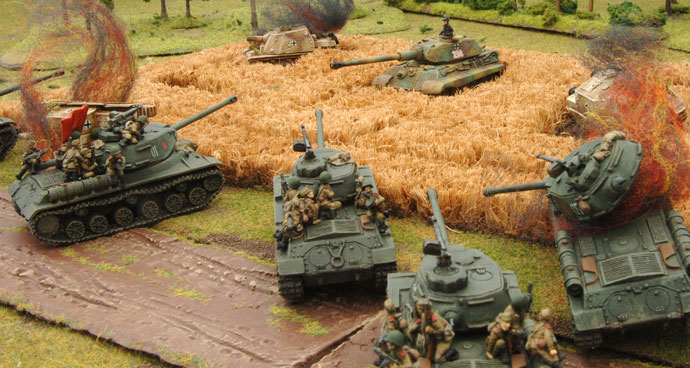 |
On the Gaming Night
Take the time to gather your players and give them a quick pre-game brief. Make sure everyone has an opponent and knows what the objectives are in terms of which areas on the map each side should be attacking. In our campaign it was easier because Kyran looked after the Germans and I took control of the Soviet players.
|
| Make sure you have plenty of copies of the documents in the Firestorm Campaign Handbook as this will help you keep track of who played and where they played. Mike also created a great document that we used to help keep track of anything interesting that happened in the actual battles. The players filled these in after their games and the notes formed the basis for the turn-by-turn reports you have been reading over the past month. |
| One of the key components of Firestorm is that the more games you play per turn the better the overall results will be. We initially planned to play over 4 weeks, on Tuesday and Thursday nights, but we expanded this out to have the last two turns played over two weeks each. By playing more games you get more variation and more things happening—of course it can also make it easier for the Soviets as they have so many more Firestorm Tokens to use, they should go into every game with a couple of free units. The Germans can be a little more hamstrung and any casualties they take will be felt more keenly. |
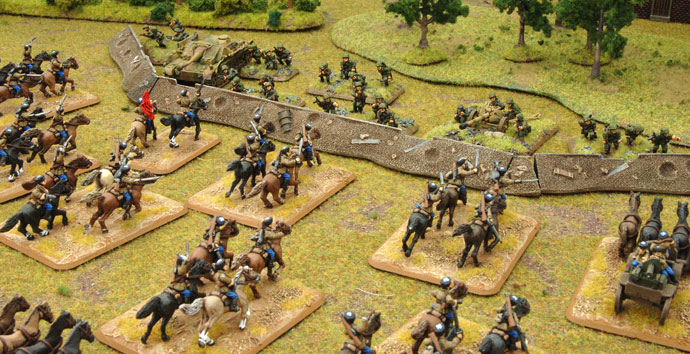 |
Be flexible! Many campaigns suffer because players cannot make every gaming session. Firestorm is designed so that players can stop in, play their game, have an effect on the overall campaign instantly, without worrying if they cannot make it for the following turn or session.
|
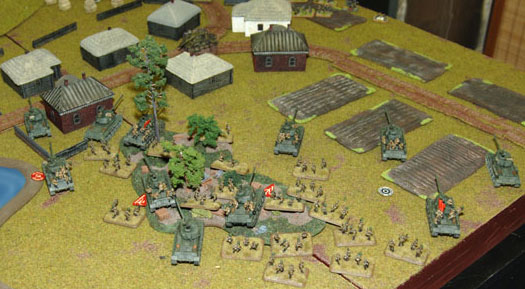 |
Turn Reports
We had the luxury of making Mike keep track of everything that went on, then writing up the notes for players to see what happened in the other games during the weeks. The sooner you can write these up and distribute them the better as it helps to keep everything fresh in people’s minds.
Mike's Firestorm Battle Report Sheet PDF ...
Another luxury we had was keeping the map set up all week in our playtesting area. This meant that we were able to have planning sessions.
|
Before each gaming night a couple of us would plan our attacks for the rest of the week, debating which Generals should be tasked with attacking each area. If you cannot do this, you can photocopy the Battle Planning map from the Firestorm Campaign Handbook and write the location of units on that. Give a copy to your lead Generals and they can plan their moves from the comfort of home or via email with the other players.
|
|
Have Fun!
The final thing is obvious: the campaign should be fun! We chose to make our campaign very open to include as many people as we could. We used our own armies and played after work. We also wanted it to be an excuse to play some extra games. So we ran our campaign to fit those goals. Of course your definition of fun can be different to ours and that’s okay too. Firestorm was designed as an engine to encourage playing as many games as possible. The fundamental campaign system has very few limitations on the players but it also easily adaptable to suit the needs of you gaming group without having to change any of the core campaign rules.
We hope you enjoy the Firestorm—Bagration campaign as much as we have!
|
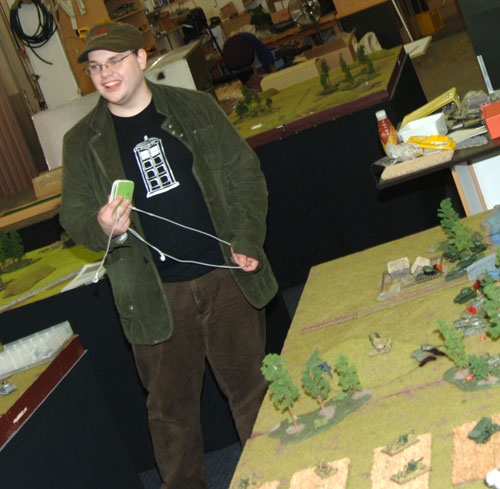 |
Last Updated On Thursday, December 18, 2008
|
|
|